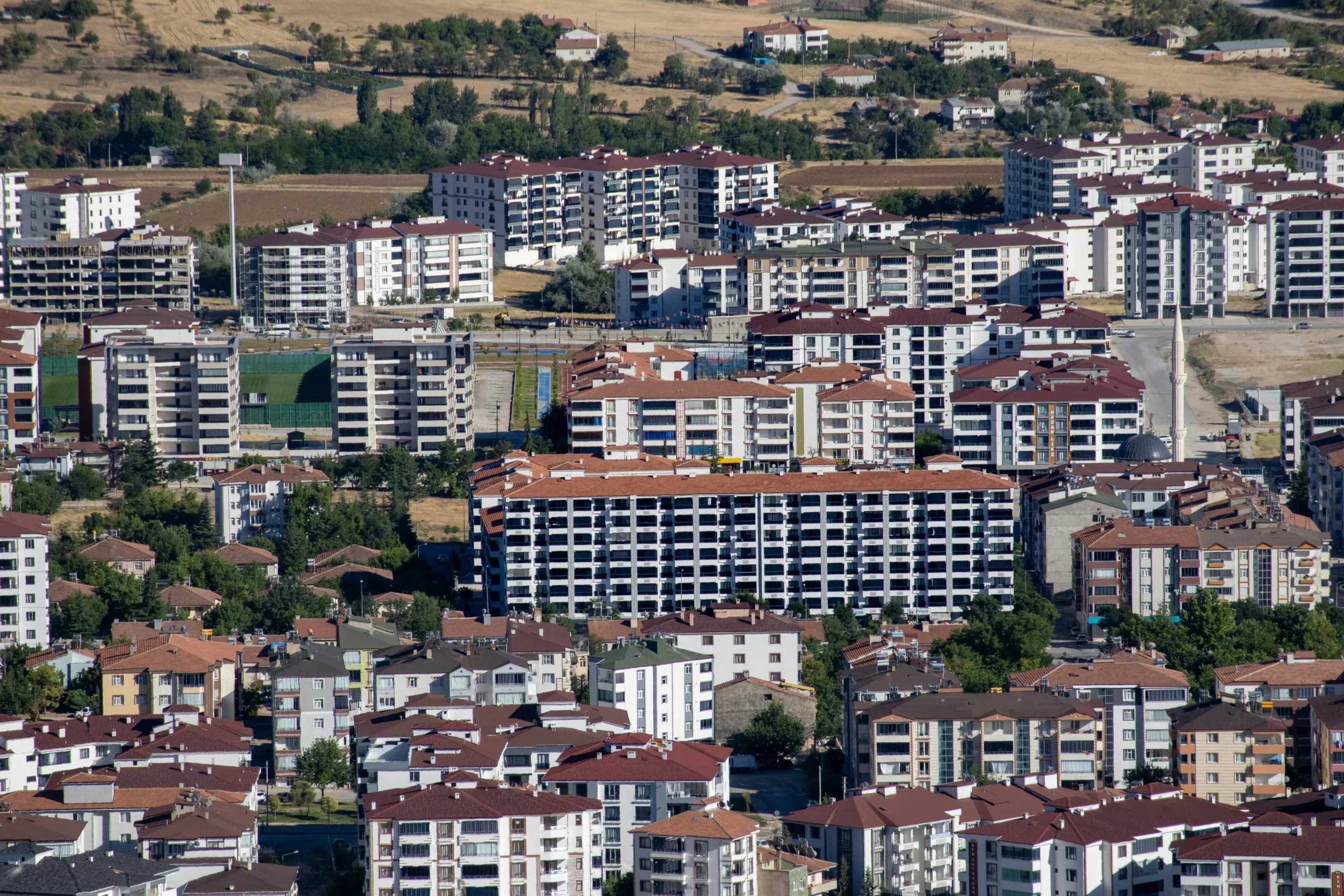- Commercial properties in low emissions areas see an average of 1.5% higher annual returns than those in high-emission regions.
- The return premium is strongest in states with robust environmental policies, suggesting policy context impacts investor behavior.
- CRE investors are encouraged to evaluate community-level sustainability, not just building certifications, when assessing long-term value.
- The study implies that transportation-related emissions influence market perception of risk and future price growth in real estate.
Rethinking “Green” Value
While much of CRE’s sustainability focus has traditionally been on green certifications and building-level efficiencies, new research suggests a broader view is needed. Location—and the sustainability of the surrounding community—matters just as much, reports GlobeSt. The environmental sustainability of the surrounding community can significantly influence a property’s long-term returns.
According to the study’s author, Hainan Sheng, assistant professor of real estate at Virginia Tech, lower vehicle emissions at the community level are linked to stronger long-term price growth. This impact is seen more in long-term asset appreciation than in short-term operating income.
Get Smarter about what matters in CRE
Stay ahead of trends in commercial real estate with CRE Daily – the free newsletter delivering everything you need to start your day in just 5-minutes
More Than Building Features
Sheng’s study, which excluded the volatility of the pandemic years, challenges a narrow view of green investing. “It isn’t just about whether a building has a green certification,” he said. “The broader community context, in this case, emissions from transportation, directly affects how investors view long-term value.”
Even after controlling for transit access and other local factors, the emissions-return relationship held firm—suggesting a deeper market sensitivity to broader environmental conditions.
Political And Policy Dimensions
Notably, the emissions-return link was strongest in Democratic-leaning states with robust environmental regulations. This suggests that policies—and the expectations they create—can actively shape how investors price environmental risks and sustainability into CRE assets.
Sheng believes investors may already be factoring in future regulatory risks, shifting consumer preferences, and potential policy changes when assessing long-term value. As a result, low-emission locations are becoming more attractive for capital deployment.
What It Means For CRE Stakeholders
This research offers key insights for investors, developers, and planners:
- Green building features alone may not future-proof an asset.
- Assessing environmental context—including transportation emissions—may offer a competitive edge.
- Community planning and transit policies that reduce car dependence could drive not only environmental benefits but also financial upside for nearby CRE assets.
As ESG strategies continue to evolve, expect a stronger emphasis on external sustainability metrics—not just internal green design.
Why It Matters
The study shows that community-level sustainability is playing a growing role in shaping long-term CRE value. It suggests that future investment decisions may rely as much on local emissions and policy context as they do on square footage and location.


















